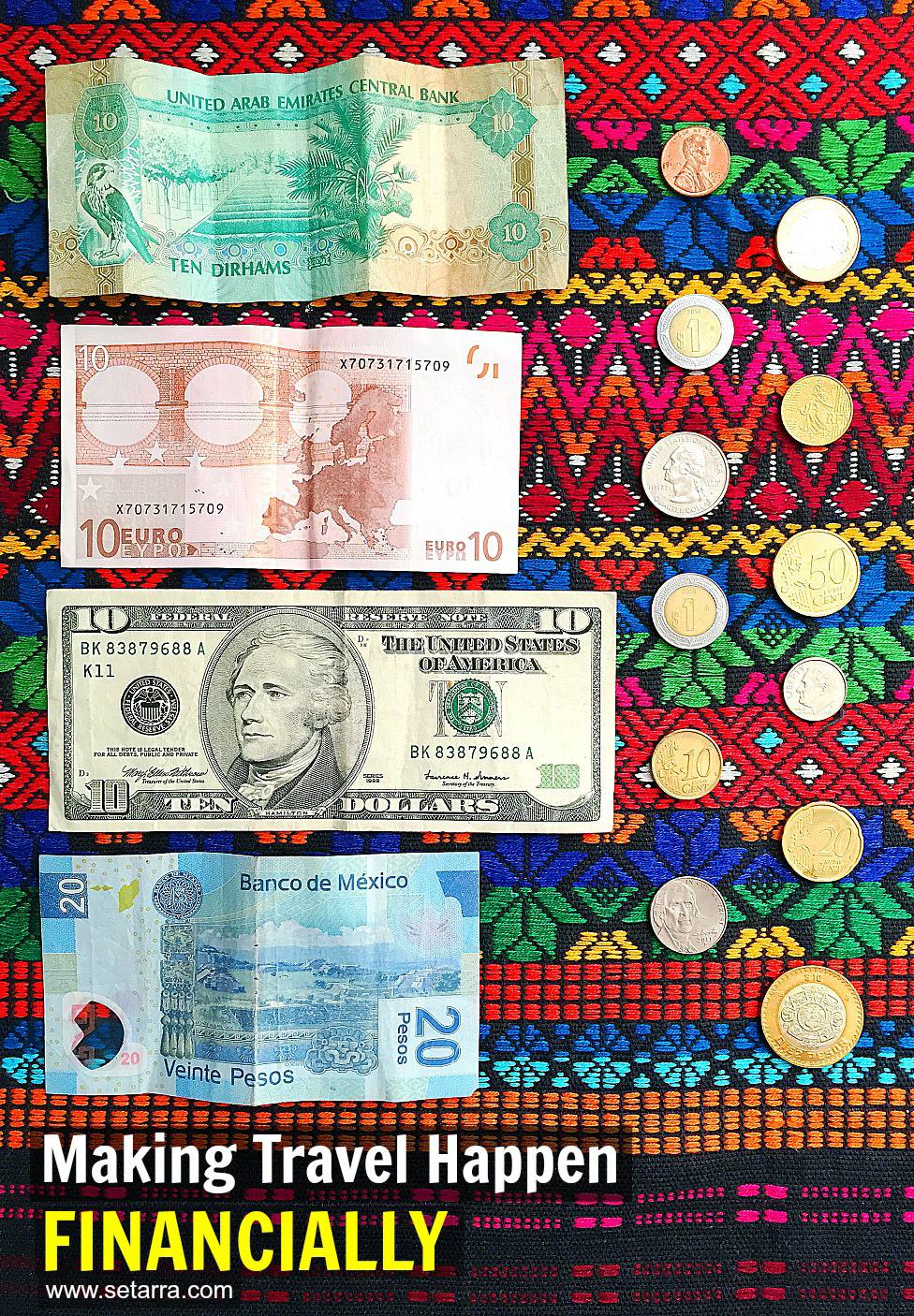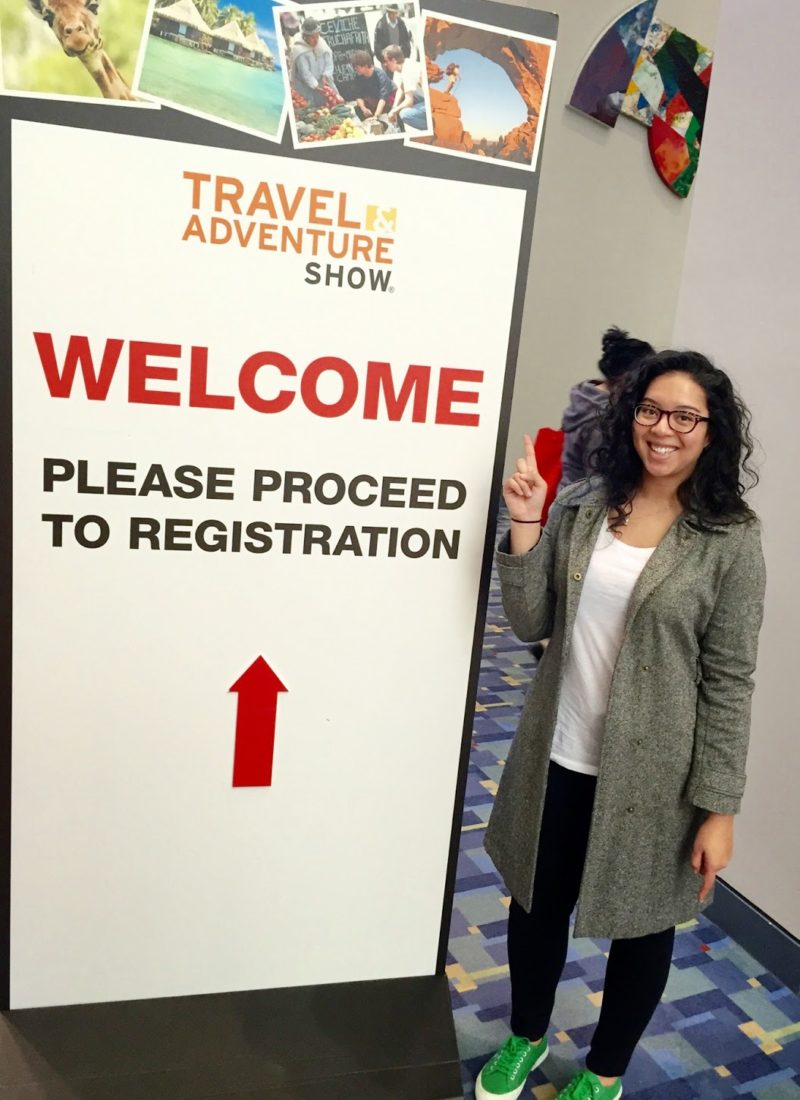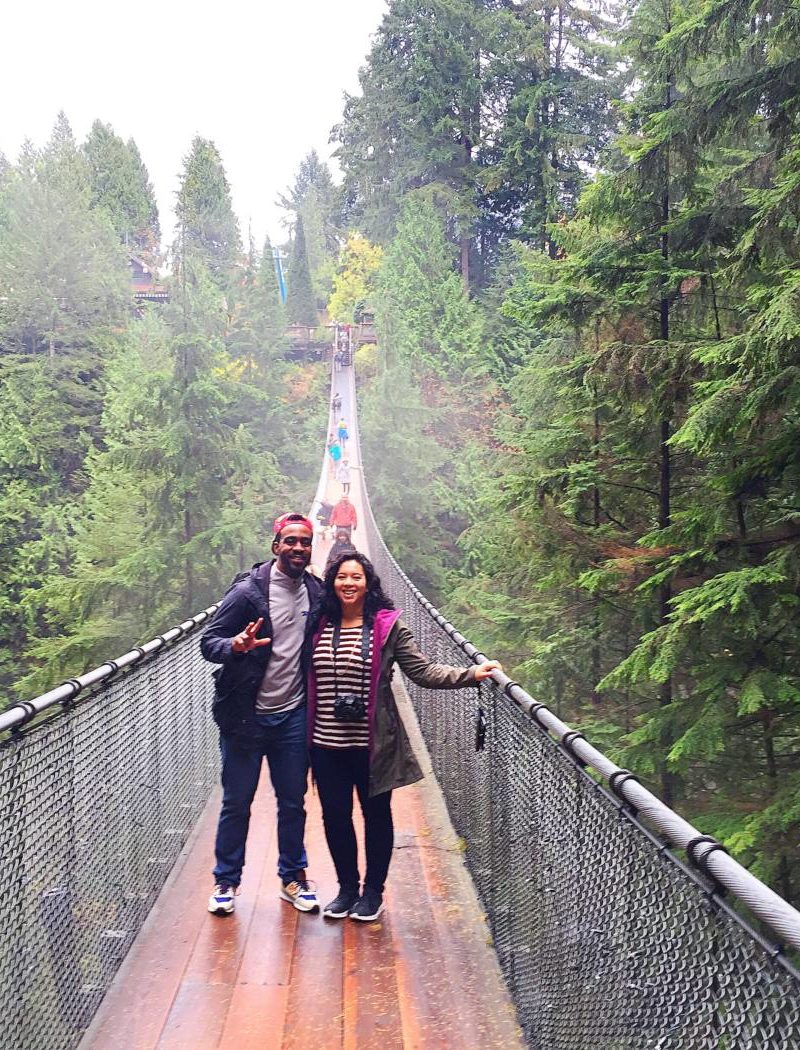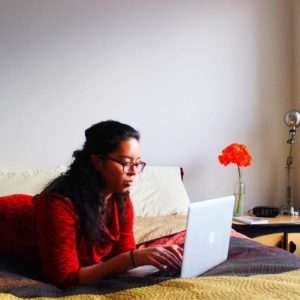
Happy Tuesday, 3 days from Friday! I’m continuing on from last week’s post about making travel happen mentally to share how I personally make travel happen financially. To be clear, what works for me may not work for everyone but I think it’s worth breaking down how I approach travel budgeting in case anyone reading might find it useful.
So without further ado, let’s get into the nitty gritty.
Create A Travel Plan – 6 Months To A Year In Advance
I know this might sound extreme for those who like to travel on the fly but since I only get 14 days of paid vacation leave annually and because I make below the average U.S. salary, I have to start brainstorming a tentative travel plan almost a year in advance. Example – For last year’s 2015 travels, Charles and I already had a general idea about where we were traveling to by October of 2014.
By starting the planning process super early, I’m able to give myself enough time to:
1) Figure out if I have enough vacation leave to go on the proposed trips for the year.
If I do, I usually give my boss all my vacation dates for the year in January (at the latest) so I can get them approved before anyone else submits their vacation dates. If I don’t have enough leave, then I have time to see if I can work out an agreement with my boss to make up for the time I will be off by working extra hours or working remotely.
If none of those options work then I know the trip is a ‘no go’ for me. This actually happened to me last November when Charles traveled to London and I couldn’t go along because I didn’t have any vacation left… Still a little bitter about that as I think about it now lol.
2) Figure out if I have enough money to make these trips happen.
And if I don’t have enough money already in my savings to cover the expenses for a trip then planning in advance gives me time to save up enough to go.
Determine Costs Associated With Each Trip (Round Up On Expenses)
After I’ve determined where I’m going, I go into research mode to figure out how much everything is going to cost. The general expenses associated with travel that I do research online for are:
– flights (make sure to check for hidden baggage fees)
– accommodations
– average cost of food & beverage
– comparison of rental car vs. public transportation fees based on how rural/urban the locale is.
– costs associated with tourist attractions – museums, skyscrapers, theaters, music halls, etc.
– visa fees (if I’m traveling to a country that requires one)
– currency exchange rate
Once I’ve determined average costs associated with each of the above items, I usually add $100 to each expense because you never know if or when prices will jump up for any given reason. Initial research done, I start tracking the price for flights and accommodations daily/weekly leading up to the planned departure.
When it comes to looking for cheap flights, I like to use Kayak to determine the possibility of prices going up or down and am always checking out The Flight Deal, a site that only publishes fares that meet their one and only criterion: 6 cents per mile or less. I also check out Cheapoair for flights as well.
General rule of thumb for finding the best rate on flights online is to book within 6 weeks of your planned departure date (although I’ve found some really great deals by waiting until the last minute).
And also, when searching for flights online make sure to : 1) Close out all your windows 2) Clear your browsing history 3) Go ‘incognito’ in your browser so the cookies on the travel site you’re visiting can’t track your activity and sneakily hike up pricing the next time you visit.
As far as accommodations go, Charles and I have been on a roll l with AirBNB and finding awesome homes to stay at for under $100 a night. We’ve been using them exclusively for about two years and believe it’s a great way to experience a city from a local perspective. For those of you who have never tried out AirBNB, here’s a link to get $20 off your first booking.
Determine Disposable Income
With a general idea of how much a trip is going to cost me, it’s important to know how much of my disposable income can be allotted towards travel. Below is general breakdown for how I break down my expenses.
Net Monthly Salary – Rent & Utilities/Bills – Groceries & Entertainment – Gas & Transportation – General Savings = Disposable Income
In my case, here are the real numbers below:
Net Monthly Salary ($2,296) – Rent ($750) & Utilities/Bills ($420) – Groceries ($250) & Entertainment ($175) – Gas & Public Transportation ($130) – General Savings ($250) = About $321 monthly in disposable income that can be directed towards travel which equates to about $3,800 total for the year.
At least, that’s how much I should have as long I keep track and make sure I don’t spend it on other things liiiike chai tea lattes, chocolate, eating out, clothes, shoes, etc <– these items should only come out of my entertainment budget (or general savings if I’m feeling naughty…).
Start Saving / Side Hustle (Insert Discipline Here)
In some cases, disposable income (or general savings – if you’re ok with pulling money from that account) will be enough to cover the costs related to a trip. But if there’s a gap in funds then it’s time to buckle down and put your hardcore savings hat on.
I find it helpful to determine how long I will need to save in order pay for a trip by using this simple formula:
trip cost / savings = time
or
trip cost / time = savings
For example, if a trip costs $2,000 and I know I’m able to save about $250 a month then “$2,000 / $250 = 8 months of saving in order to pay for a trip.” But let’s say, the trip I’m planning to go on needs to be paid for within 6 months… Then, “$2,000 / 6 months = $334 a month” I need to save.
Knowing the cost and time frame for saving helps me to figure out how aggressively I need to put money away. It also helps me determine if a trip is financially possible. If not, then I might need to push the trip back to happen later (sometimes to the following year) so I have more time to save.
Below are a few things I/we do to cut costs, save and make extra money.
1) Charles and I use the envelope system to stay on track with our budget. Every month, we go to the bank, take out cash and divide it into envelopes labeled with how the money should be spent (groceries, entertainment, gas). When we run out of cash from each envelope, we’re done. No more spending. If there’s money leftover? It goes into our savings envelope.
Shout out to Nicole from Treasure Tromp for putting me onto the envelope system a couple years ago! Here’s her post that goes into detail about how the envelope system works and how to make it work with your lifestyle.
2) I also save extra money using Digit, an online savings account that assesses my spending habits and moves money from my checking account to Digit account based on what I can afford. What’s great about Digit is: 1) It’s free. 2) I get a text message every morning that tells me what my checking balance is 3) The amount that Digit moves from my checking account ranges anywhere from 5 cents for $15 at a time and I’m always notified by text when money is moved. 4) I can transfer the money saved back to my checking account whenever I want.
In the past 7 months that I’ve been using Digit, I’ve been able to save an extra $400 without feeling the pinch in my pockets. For more information or to sign up for a Digit account, click here.
3) Side Hustle – I work as a substitute dance teacher in addition to working 9-5 and sometimes freelance as a photographer when the opportunity presents itself. The extra income from both these side jobs goes towards my travel fund.
4) Nobody ever mentions this in money related travel posts I’ve read but I definitely use a portion of my tax return to go towards my travel fund every year. To each their own.
5) Birthdays & Holidays – No need for gifts. Show me the money :)
6) I say “No”. Alot. This is always the hardest part of saving. Saying No. But it’s essential.
– Want to stop by Starbucks for an early morning drink? Just say no.
Instead, make coffee or tea at home orrrr carry tea bags with you wherever you go like I do. Asking for hot water when out and about usually doesn’t cost anything.
– Want to go and get a mani/pedi? Just say no.
Instead do your nails at home. Worried about getting the nail polish everywhere? That’s what q-tips and nail polish remover is for.
– Want to eat out? Just say no.
Instead cook food at home. Make enough so that you have leftovers for lunch the next day. But if you do eat out, go out for lunch which is usually priced cheaper than dinner. Also, when Charles and I go out to eat, we usually order an appetizer and one entree to share between the both of us which helps to save on cost as well.
– Want to go out and party with your friends? Just say no.
Instead of going out, invite your friends to come over to your place. Tell them it’s BYOB, order pizza and host a game night.
– Want to buy a book. Just say no.
Get yourself a library card and check out some books.
—-
As with many things we aspire to do, making travel happen financially first begins with making it a priority. Once travel is prioritized, the discipline and sacrifice associated with creating a budget plan and sticking to it doesn’t feel like a hardship. If anything, I find it really exciting to save because I know that the final result of my endeavors is a travel experience that will pay itself back in ways that surpass monetary value.
How do you make travel happen financially? Feel free to share your tips in the comments below! :)
(linking up w/ travel tuesday)
0


